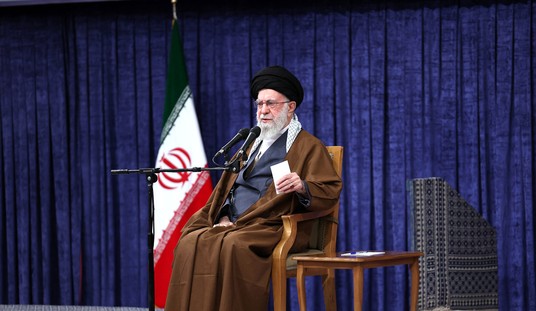When Tom Wolfe was promoting The Bonfire of the Vanities in 1988, he was asked by Bill Moyers of PBS, “You’ve been around a long time, been around this city a long time, but there’s a sense of wonderment in your reporting which becomes the fiction of Bonfire of the Vanities. What surprised you most?” Wolfe responded:
Well, one of the things is what I would call “media ricochet”, which is the way real life and life as portrayed by television, by journalists like myself and others, begin ricocheting off of one another. That’s why to me, in Bonfire of the Vanities, it was so important to show exactly how this occurs when television and newspaper coverage become a factor in something like racial politics. And a good bit of the book has to do with this curious phenomenon of how demonstrations, which are a great part of racial and ethnic politics, exist only for the media. In the last days when I was working on The New York Herald-Tribune, I’ll never forget the number of demonstrations I went to and announced that to all the people with the placards, “I’m from The New York Herald-Tribune,” and the attitude was really a yawn, and then, “Get lost”. They were waiting for Channel 2 and Channel 4 and Channel 5, and suddenly the truck would appear and these people would become galvanized. On one occasion I even saw a group of demonstrators down in Union Square, marching across the Square, and Channel 2 arrived, a couple of vans, and the head of the demonstration walked up to what looked like the head man of the TV crew and said, “What do you want us to do?” He says, “Golly, I don’t know. What were you going to do?” He says, “It doesn’t matter. It doesn’t matter. You tell us.”
Austin Bay explores how media-fueled dissent works on a global scale:
Remember the “Arab street,” that riot-in-the-road featuring flammable Israeli flags, Saddam Hussein posters, clenched fists and chants threatening “Death to America”? The street may have lacked pavement and a fire hydrant, but it had beaucoup television cameras.Flames, clenched fists and death threats — a heart-pounding collage of sensational imagery and rhetoric. What more could a TV exec need to attract audience eyeballs?
Recall the talking heads who told us in 1990, after Saddam invaded Kuwait, that “the Arab street” was going to rise en masse, as an ur-proletariat, which would support Saddam against the West. If you need documentation, check out a few old PBS “NewsHour” transcripts.
But the mass rising didn’t happen. Why? Because the Arab street was, to a great extent, the creation of television cameras. Political operatives — no doubt many on Saddam’s payroll — knew they could attract the sensation-hungry camera crews and use the media to project the operatives’ preferred “image of anger.”
Twenty-first century Islamo-fascist terrorists, however, have refined the model and moved beyond an image of anger to a new form of prepared global ambush that integrates murder, terror and instant media.
The ambush technique coordinates blood-spilling violence with sensational imagery and rhetoric using a dispersed network of media operatives, guerrillas and terrorists. Networked, Coordinated Blood-spilling plus Sensationalism — hence the technique’s acronym: the CBS ambush.
Since May 2005, we’ve seen the CBS ambush employed effectively on three notable occasions, the latest being Pope Benedict’s remarks at Regensburg University.
In May 2005, Newsweek ran its phony Guantanamo Bay prison “Koran flushing” story. Violent riots broke out in several predominantly Muslim countries. The riots in Afghanistan attracted particular attention. Indian military analyst Bahukutumbi Raman wrote that those riots were incited by “well-organized agents of the Hizb ut-Tahrir terror gang.”
The Newsweek story gave the terrorists an emotion-laden “grievance trigger.” The ambush consisted of violent riots and a prepared deluge of anti-American propaganda. The vicious riots not only attracted further global media coverage, but also intimidated Muslims who oppose terrorist organizations and their violent interpretation of Islam.
In September 2005, the Danish newspaper Jyllands-Posten published a series of editorial cartoons featuring the Prophet Muhammad. The cartoons attracted political protests and several violent threats, but the cartoons were no international cause celebre. In fact, an Egyptian newspaper published several of the cartoons in an article condemning the Jyllands-Posten.
But in January 2006, waves of orchestrated, coordinated violence broke out in predominantly Muslim nations and in Muslim neighborhoods. The terrorists and political operatives promoted a “clash of civilizations” propaganda line, with the cartoons as the “grievance trigger.”
As with the New York media covering protests on a local scale, international television networks also know they’re being used–in this case, by the so-called “Arab Street”. And as long as there’s a cigarette to enjoy afterwards, they don’t mind a bit.










Join the conversation as a VIP Member